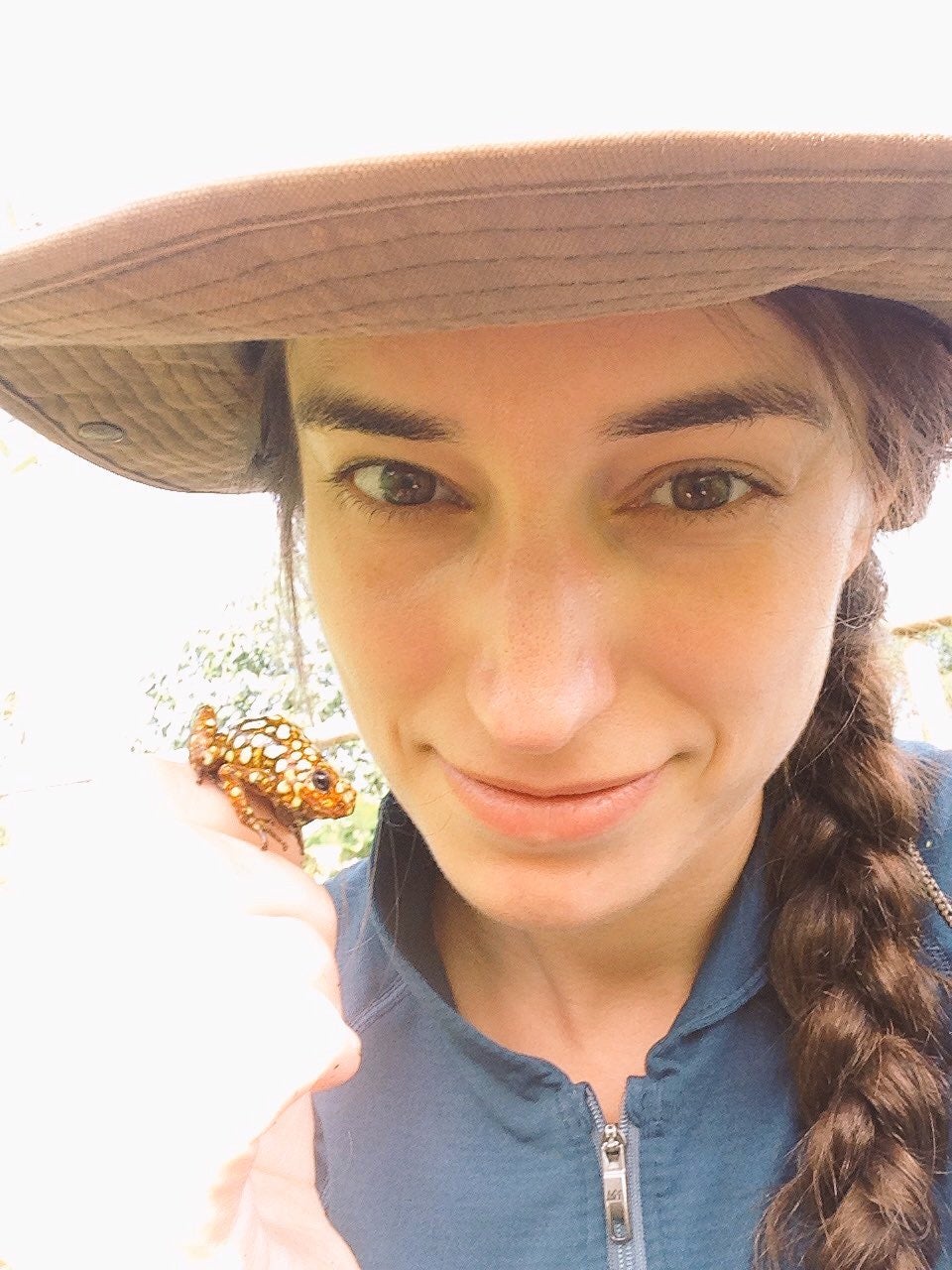Four Stanford scientists awarded high-risk, high-reward research awards
The researchers received National Institutes of Health grants to support innovative work in the life sciences.
Four Stanford scientists have been awarded grants from the National Institutes of Health for high-risk research efforts that could make a big impact in biomedicine.
The four researchers are Jennifer Dionne, associate professor of materials science and engineering; Corey Keller, an instructor of psychiatry and behavioral sciences; Jin Hyung Lee, associate professor of neurology and neurological sciences, of bioengineering and of neurosurgery; and Lauren O’Connell, assistant professor of biology.
The grants come from the NIH’s High-Risk, High-Reward Research Program, which is designed to fund scientists conducting innovative work. The goal is to encourage investigators to pursue research that may otherwise face difficulties getting funded in more traditional ways. This year, the NIH program has awarded 93 grants totaling about $267 million.
Pioneer Award
Lee received the NIH Director’s Pioneer Award, which was established to provide funding for investigators at all career levels with bold and innovative research projects.
Lee plans to use her award to develop mechanogenetics, a novel method that enables noninvasive, precisely targeted spatial and mechanical perturbation of living cells within the mammalian brain, and a functional ultrasound imaging technology that can monitor whole-brain function in animals that are awake and active.
“Our goal is to develop powerful new technologies that allow us to decode the brain’s complicated circuitry and discover therapies for neurological diseases like epilepsy, Parkinson’s disease and Alzheimer’s disease,” she said. Her laboratory seeks to understand the intricate patterns of communication between nerves in the brain and how these large-scale networks control behavior and how, when problems in the network arise, disease results.
“We use interdisciplinary approaches from biology and engineering to develop technology that empowers us to not just analyze but to also manipulate brain circuitry with precision,” she said. “We also use advanced computational approaches to build models of the brain. We pull our basic building blocks from a spectrum of fields ranging from medical imaging, signal processing, machine learning and computer science to genetics and cellular molecular biology.”
New Innovator Award
Dionne received a New Innovator Award, which supports exceptionally creative early career investigators who propose innovative, high-impact projects in the biomedical, behavioral or social sciences within the NIH mission. She plans to use the award to monitor the dynamic forces that exist in the areas where immune cells meet pathogenic cells – known as immune synapses. More information about what happens in this particular space could help explain differences in and improve how peoples’ immune systems respond to invaders.
“Why is a certain person’s immune system better at fighting off disease than another individual’s? The reason is largely unknown, but the force formed at the immune cell-antigen presenting cell interface almost certainly plays a role,” said Dionne.
Dionne’s probes are designed to monitor whole, living cells and their interactions with nanometer spatial resolution. This work builds on Dionne’s expertise in light-matter interactions, including years of experimentation with nanoparticles that can indicate extremely subtle changes in force.
“Our nanoparticles, which change color in response to applied force, will allow us to detect and monitor immune synapse forces,” said Dionne. “Our goals are to better understand how immune cells fight certain infections like cancer, and to provide a new platform for evaluating the effectiveness of immunotherapies.”
O’Connell also received a New Innovator Award for her work using poison frogs as a new model organism to address questions related to human health. In particular, she has proposed using frogs to explore how neonates, or infants, let parents know when they are hungry.
“I’m hoping we will discover how infants communicate and how they recognize their caregivers. We know very little about how that happens,” she said.
Her lab’s preliminary findings indicate that the genes and neuronal types responsible for the frog’s begging behaviors have human analogs associated with eating-related disorders and social communication deficits such as autism.
O’Connell said the NIH grant will allow her to hire people and buy lab equipment for the project, but more than that, it gives her freedom explore an idea that might have difficulty being funded otherwise. “This is one of the very few ways you can get a risky idea off the ground that has the potential for a high impact or to really transform a field,” she said.
Early Independence Awards
Keller received the Early Independence Award, which promotes independent research by junior investigators by allowing them to forgo the traditional postdoctoral training period. Keller plans to use his award to uncover new methods of improving brain stimulation treatments for neurological and psychiatric disorders.
“The overall goal is to develop a personalized approach for the treatment of mental illness, specifically using brain stimulation, an emerging field in psychiatry that utilizes magnetic pulses to alter brain circuits,” he said. “I hope to use the money to start up my lab to further these investigations.”
Keller has found that brain-based biomarkers might be used to predict who will respond to transcranial magnetic stimulation (TMS) and to help monitor brain networks during interventions to determine the best targets or methods for treating each specific patient. His current research is focused on treatments for depression but could work for a variety of mental illnesses, such as post-traumatic stress disorder or bipolar disorder.
“Unfortunately, many of these methods of using brain stimulation are one-size-fits all,” Corey said. “The idea is to evaluate the patient in front of us and probe their brain circuitry using TMS and electroencephalograph recordings to determine ways we can modulate the circuit of interest, and then find the specific intensity that will enhance the effectiveness of the treatment.”
Lee is a member of Stanford Bio-X and of Wu Tsai Neurosciences Institute and a faculty fellow of Stanford ChEM-H. Dionne is a member of Stanford Bio-X, an affiliate of the Precourt Institute for Energy and a member of the Wu Tsai Neurosciences Institute. O’Connell is a member of Stanford Bio-X and the Wu Tsai Neurosciences Institute.
To read all stories about Stanford science, subscribe to the biweekly Stanford Science Digest.




